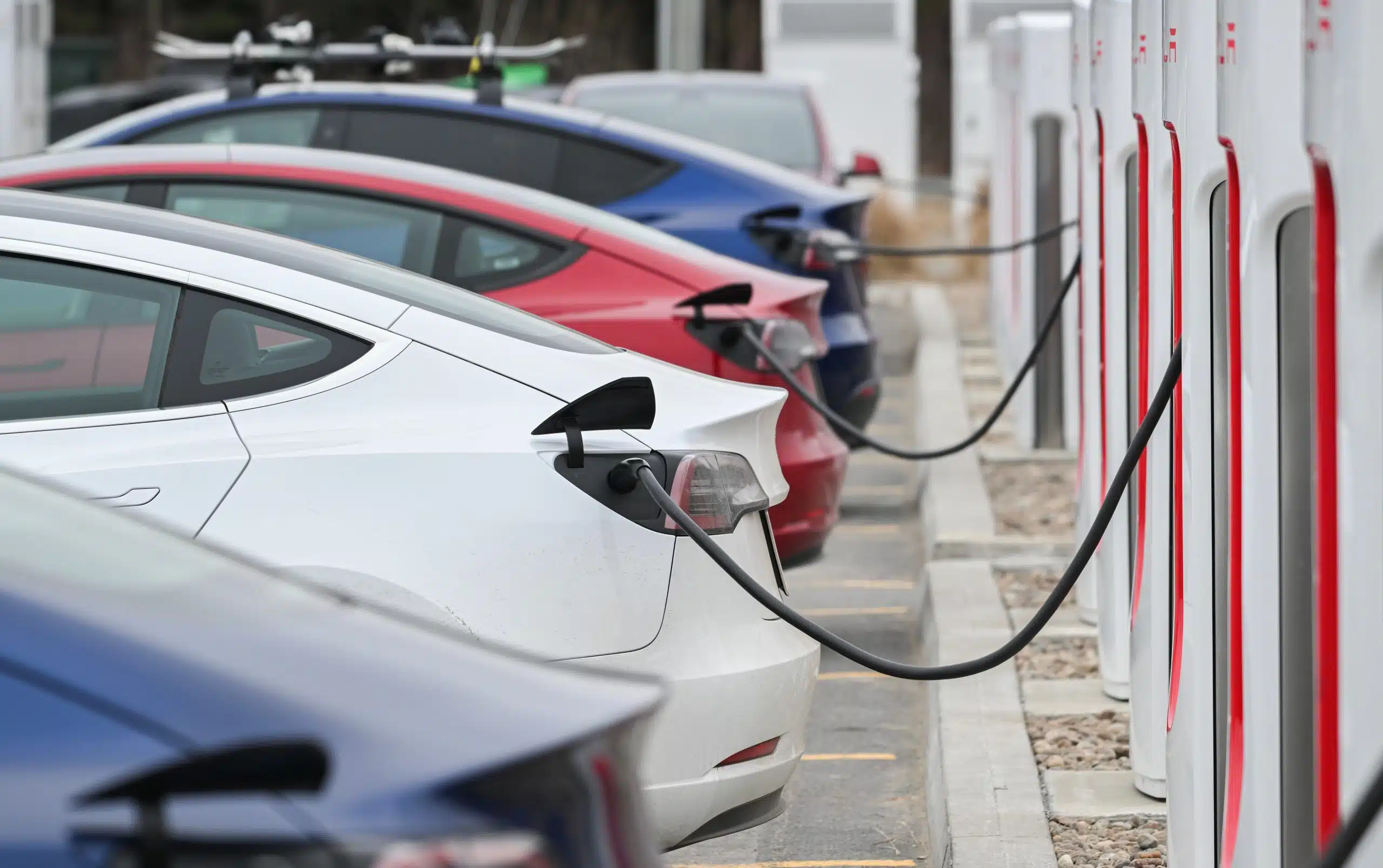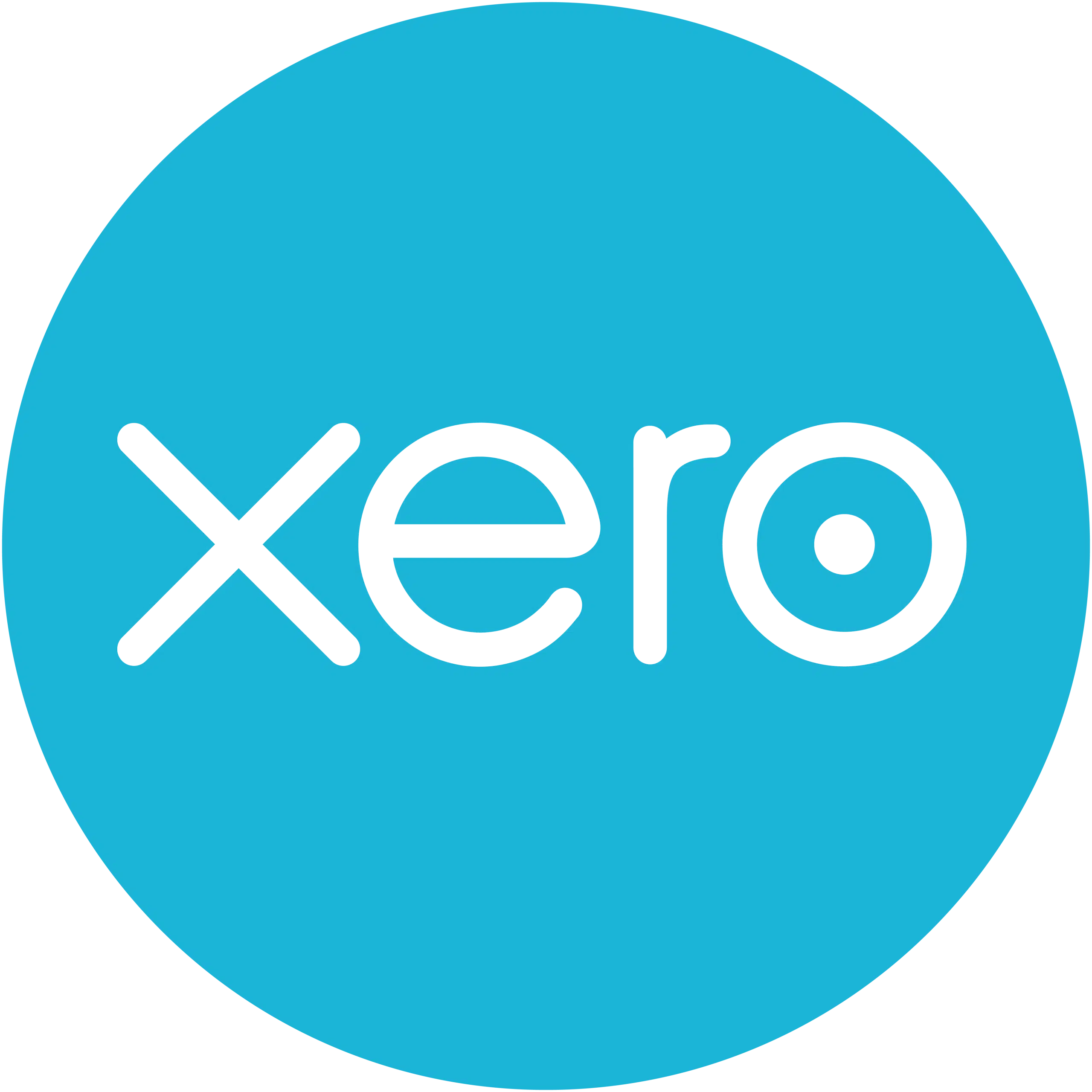Choosing the Right Company Vehicle: Tax Implications and Future Considerations

For many businesses, company vehicles are essential for daily operations. When selecting a company vehicle, it is common to either purchase or lease one for a period of around three years. Therefore, it is crucial to choose a vehicle that aligns with business needs. The choice could range from a company car to a commercial vehicle classified as a van. However, before making a commitment, businesses must weigh the options of purchasing versus leasing and understand the tax implications for both employers and employees.
Fuel Type and Government Policies
Company car tax rates for 2028-29 and 2029-30 have been set, providing certainty but also indicating an upward trend across all vehicle types. Even fully electric company cars will become more expensive.
- Fully electric cars with a current benefit-in-kind (BIK) rate of 2% which will rise to 5% by 2027/28.
- The highest BIK rate of 37% will increase to 38% in 2028-29 and 39% in 2029-30.
- Hybrid vehicle tax rates will gradually align more closely with ICE vehicles.
Additionally, from April 2025, double cab pick-up trucks will be taxed as company cars instead of vans. However, vehicles contracted before April 5, 2025, will qualify for transitional relief until April 5, 2029. This change may lead to attractive deals on pick-up trucks before March 2025, allowing businesses to secure current tax benefits for up to four years.
Key Tax Considerations
Once a suitable vehicle is selected, businesses must evaluate the tax implications. Key aspects to consider include:
Income Tax on Company Vehicles
HMRC considers a company vehicle as a benefit-in-kind (BIK), meaning employees must pay tax on its use. The taxable benefit is calculated based on the list price of the vehicle multiplied by the relevant taxable benefit percentage, which is determined by CO2 emissions and electric mileage range.
The 2024 Autumn Budget outlined the following tax increases:
- The appropriate percentage (AP) for zero-emission cars will increase by 2 percentage points per year, reaching 9% in 2029-30.
- APs for low-emission hybrid vehicles (1-50 g/km CO2) will rise to 18% in 2028-29 and 19% in 2029-30.
- For higher-emission vehicles (51 g/km CO2 and above), APs will range from 19% to 39% by 2029-30.
For instance, a company car with 30 g/km CO2 emissions and a 50-mile electric range currently has a taxable benefit of 8%, which will increase to 19% by 2029/30. If the car’s list price is £35,000, the taxable benefit would rise from £2,800 in 2024/25 to £6,650 in 2029/30. A higher-rate taxpayer (40%) would see their annual tax on this vehicle increase from £1,120 to £2,660 over that period.
Employees contributing toward the purchase of their company car (up to £5,000) can reduce the list price for tax calculations, thus lowering their taxable benefit.
Company Van Taxation
Unlike company cars, van benefits are not based on CO2 emissions or list price. However, private use (beyond commuting and insignificant usage) will result in a taxable benefit.
Additionally, starting April 2025, van fuel benefits will rise with inflation. Employees receiving free or subsidised fuel for personal use in a company van will face a taxable benefit of £769 for 2025/26.
Electric Charging Tax Treatment
- Charging at the workplace: Tax-free if available to all employees, regardless of private mileage.
- Employer-installed home chargers: Tax-free if used for a company car. However, if installed for an employee’s personal vehicle, it will be taxed as a benefit-in-kind.
HMRC does not classify electricity for fully electric company cars as “fuel,” so tax treatment is still evolving.
Conclusion
With increasing taxation on company vehicles, businesses must carefully evaluate vehicle selection, tax implications, and future trends. As tax rates continue to rise, transitioning to EVs and leveraging government incentives will be essential for cost-effective fleet management. Consulting tax professionals can help businesses navigate these changes and optimise tax efficiency.






